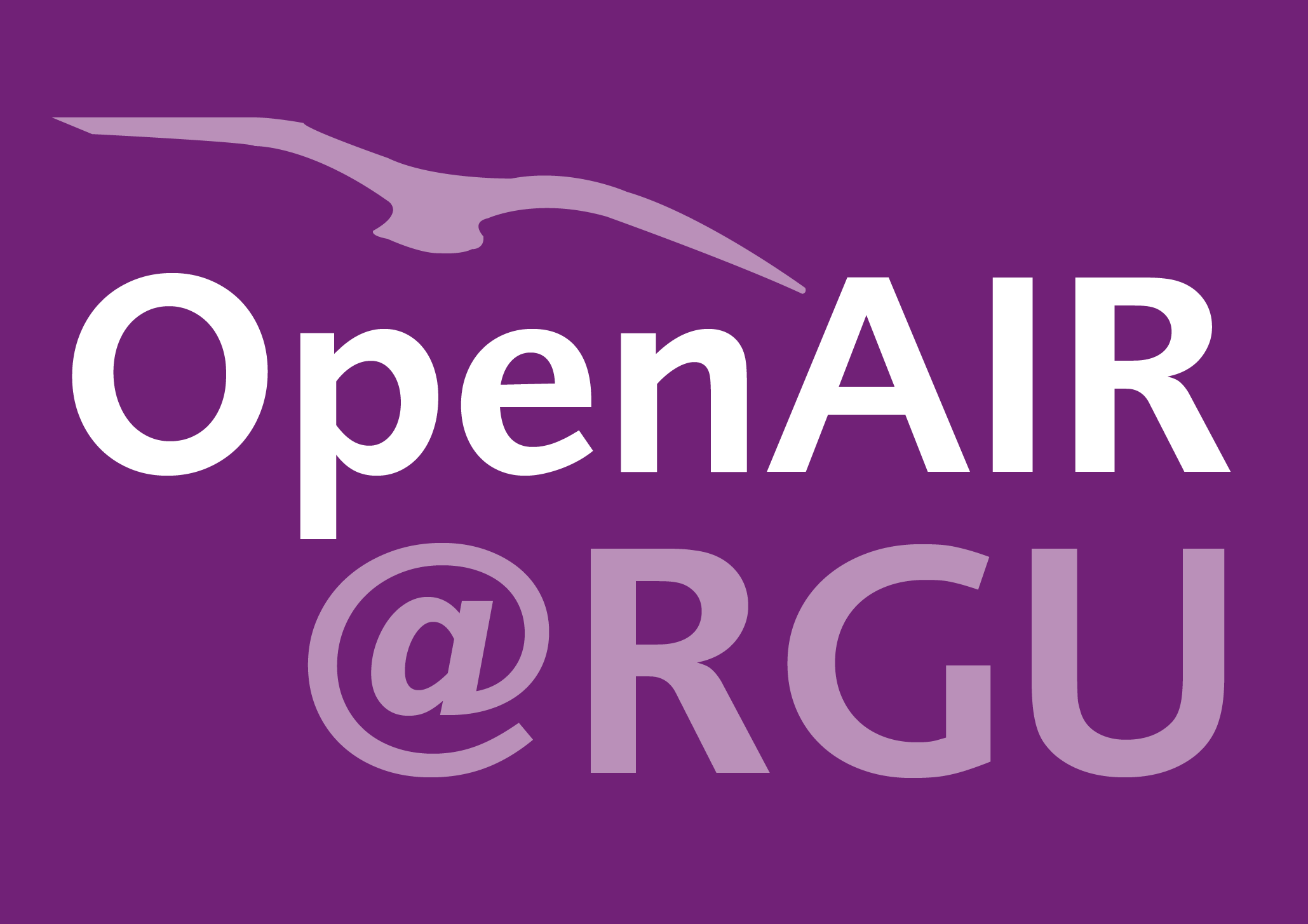Maryam Heidarian
A design technique for geometric optimisation of resonant coil sizes in low to mid frequency inductive power transmission systems.
Heidarian, Maryam
Authors
Contributors
Samuel J. Burgess
Supervisor
Professor Radhakrishna Prabhu r.prabhu@rgu.ac.uk
Supervisor
Abstract
Wireless power transfer (WPT) is a well-established method of energising electrically-powered devices. Among the different available WPT techniques, Resonant Inductive Power Transfer (RIPT) has been adapted for use in a wide range of applications. The primary reason is the relatively higher Power Transfer Efficiency (PTE) that RIPT can provide. RIPT systems operate on the principle of magnetic resonance coupling between a Transmitter (Tx) and a Receiver (Rx) coil. Maximising the PTE is a key driver for improving the performance of RIPT systems. In a RIPT link the PTE is influenced by three factors: (i) inductive linkage between the Tx and Rx, (ii) terminating circuitry of Tx and Rx sides and (iii) the Tx/Rx coil's geometrical size. In considering these impacting factors, different techniques to improve PTE have been extensively presented in the literature and are comprehensively reviewed in this thesis. The research work undertaken focuses on the geometrical optimisation of Tx/Rx coils to help maximise PTE in RIPT systems for operation over low- and mid-frequency bands (i.e. between few kHz to several MHz). Conventional methods for maximising PTE require defining various design parameters (i.e. figure-of-merits), which assist in finding the optimum Air-Cored Coil (ACC) geometry. However, traditional techniques for working with Figure-of-Merit (FoM) parameters are very time-consuming and process-demanding. In this thesis, the number of required FoMs have been reduced to one and incorporated into a process that will accelerate production of the optimum geometry design. A unique FoM parameter (i.e. Pscf) is developed by consolidating the PTE's impacting factors. Considering the RIPT application and its physical size constraints, a proper selection method for identifying the numerical value of Pscf is investigated. A novel iterative algorithm has been developed to assist in selection of the most favourable Pscf value, which provides the optimum ACC geometry. Theoretical design examples of two RIPT systems - operating at 10 kHz (low-frequency band) and 300 kHz (mid-frequency band) - are used to investigate the functionality of the ACC design approach, for which successful results are achieved. The novel iterative algorithm is also experimentally validated by developing four prototyped Tx/Rx ACC pairs, with real-world applications, which operate over low- and mid-frequency bands: 1:06 MHz, 100 kHz, 50 kHz, 15 kHz. For the designed ACC geometries, maximum PTEs of 85:63% at 1:06 MHz, 83:10% at 100 kHz, 72:85% at 50 kHz and 34:57% at 15 kHz are practically measured in bench top tests. The measured PTE values are in close correlation (within 14%) with the calculated PTEs at these frequency ranges, and thus validate the novel ACC design procedure. The RIPT system's maximum achievable PTE can be further increased by adding ferrite cores to the Tx/Rx ACC pair. In this thesis, an advanced iterative algorithm is also presented to support the design of geometrically optimised coil pairs employing ferrite cores. The advanced iterative algorithm is an extension of the initial work on optimising ACC geometries. Optimum Ferrite-Cored Coil (FCC) geometries, produced using the advanced iterative algorithm, for RIPT systems operating at 10 kHz and 300 kHz have been investigated. In comparing the FCC and ACC geometries designed for these frequencies, it is demonstrated that RIPT systems with ferrite cores reduce the ACC's geometrical size and additionally improve PTE. To validate the performance of the advanced FCC design algorithm over low- and mid-frequency bands, two RIPT systems are physically constructed for operation at 15 kHz (low-frequency) and 50 kHz (mid-frequency). For the prototyped RIPT systems, maximum PTEs of 45:16% at 50 kHz and 50:74% at 15 kHz are practically measured. The calculated and physically measured PTE values are within 2% difference; hence validating the advanced FCC design process.
Citation
HEIDARIAN, M. 2021. A design technique for geometric optimisation of resonant coil sizes in low to mid frequency inductive power transmission systems. Robert Gordon University, PhD thesis. Hosted on OpenAIR [online]. Available from: https://doi.org/10.48526/rgu-wt-1677972
| Thesis Type | Thesis |
|---|---|
| Deposit Date | Jun 1, 2022 |
| Publicly Available Date | Jun 1, 2022 |
| DOI | https://doi.org/10.48526/rgu-wt-1677972 |
| Keywords | Wireless power transfer; Inductive power transfer; Resonant magnetic coupling; Magnetic resonance; Electomagnetic induction; Resonant inductive power transfer; Power transfer efficiency |
| Public URL | https://rgu-repository.worktribe.com/output/1677972 |
| Award Date | Nov 30, 2021 |
Files
HEIDARIAN 2021 A design technique for geometric (FINAL)
(27.9 Mb)
PDF
Licence
https://creativecommons.org/licenses/by-nc/4.0/
Copyright Statement
© The Author.
You might also like
A design technique for optimizing resonant coils and the energy transfer of inductive links.
(2020)
Journal Article
Optimal coil design for maximum power transfer efficiency in resonantly coupled systems.
(2019)
Presentation / Conference Contribution
Maximising inductive power transmission using a novel analytical coil design approach.
(2019)
Presentation / Conference Contribution
Attitude control of VTOL-UAVs.
(2012)
Presentation / Conference Contribution
Improving the design approach to developing through-metal communications for use in subsea pipeline robots.
(2020)
Presentation / Conference Contribution
Downloadable Citations
About OpenAIR@RGU
Administrator e-mail: publications@rgu.ac.uk
This application uses the following open-source libraries:
SheetJS Community Edition
Apache License Version 2.0 (http://www.apache.org/licenses/)
PDF.js
Apache License Version 2.0 (http://www.apache.org/licenses/)
Font Awesome
SIL OFL 1.1 (http://scripts.sil.org/OFL)
MIT License (http://opensource.org/licenses/mit-license.html)
CC BY 3.0 ( http://creativecommons.org/licenses/by/3.0/)
Powered by Worktribe © 2025
Advanced Search
